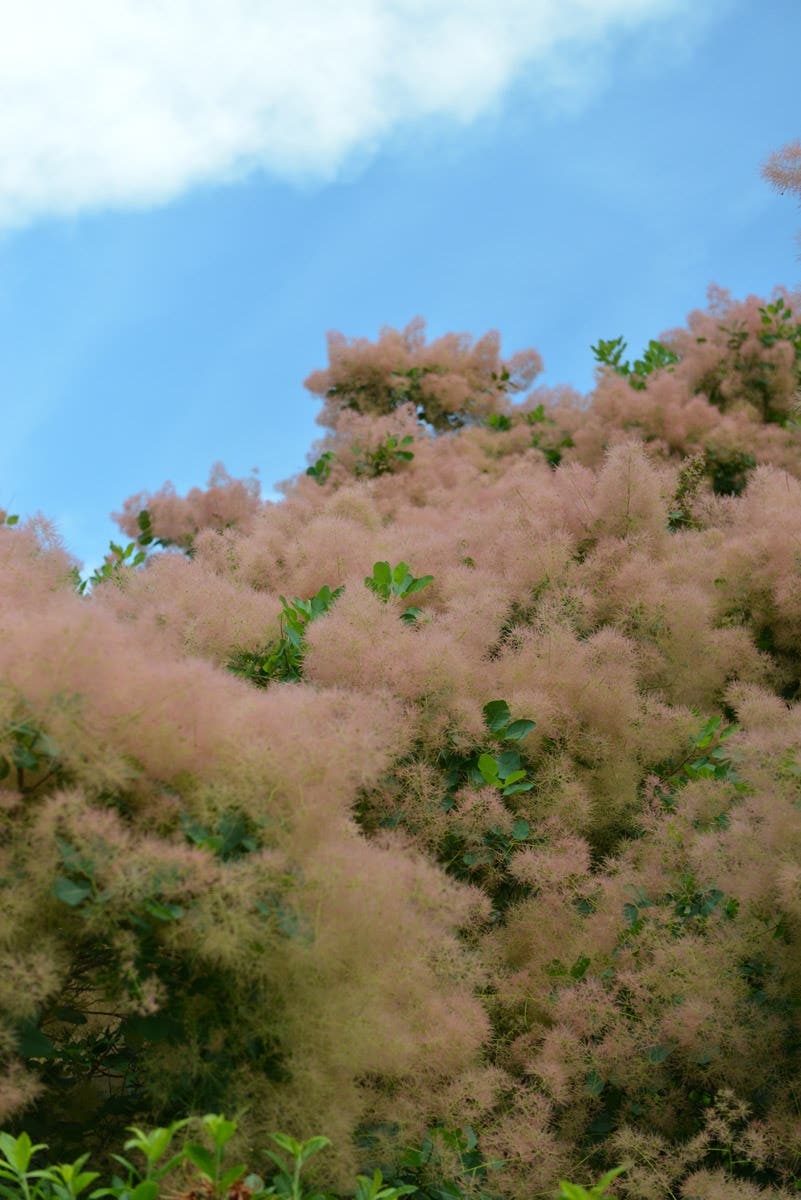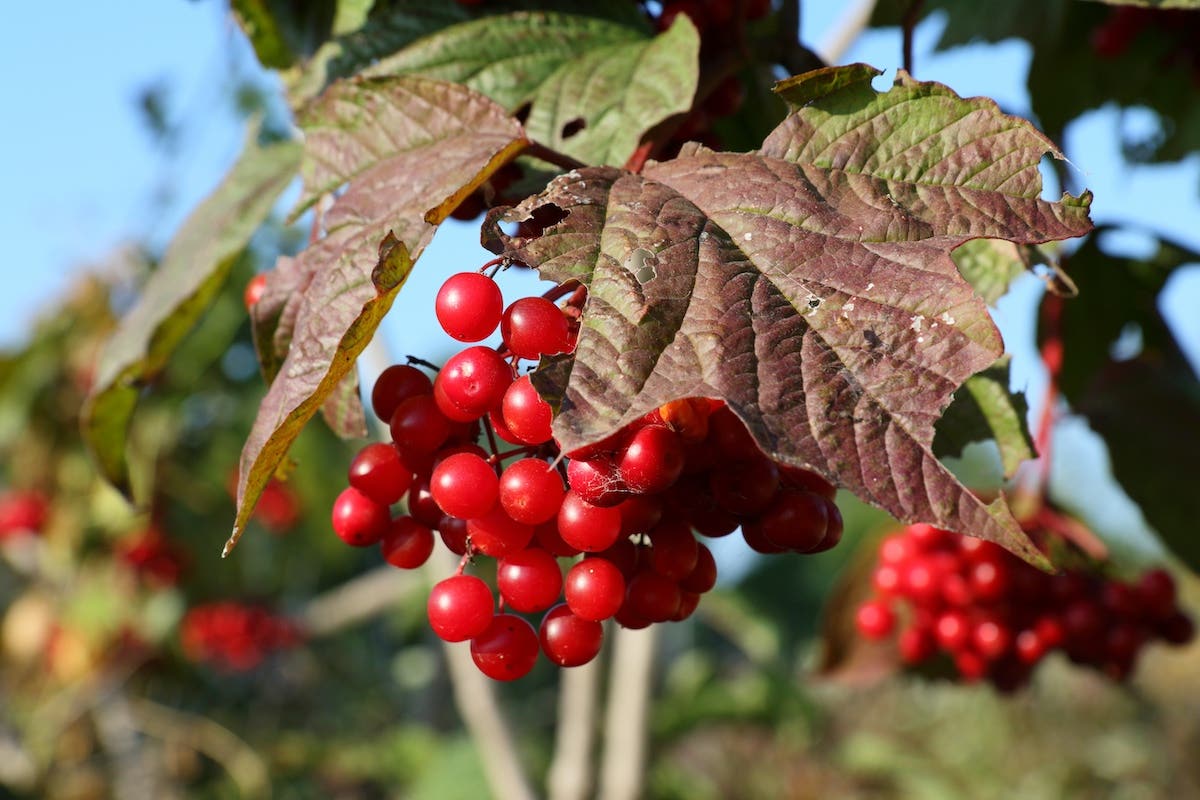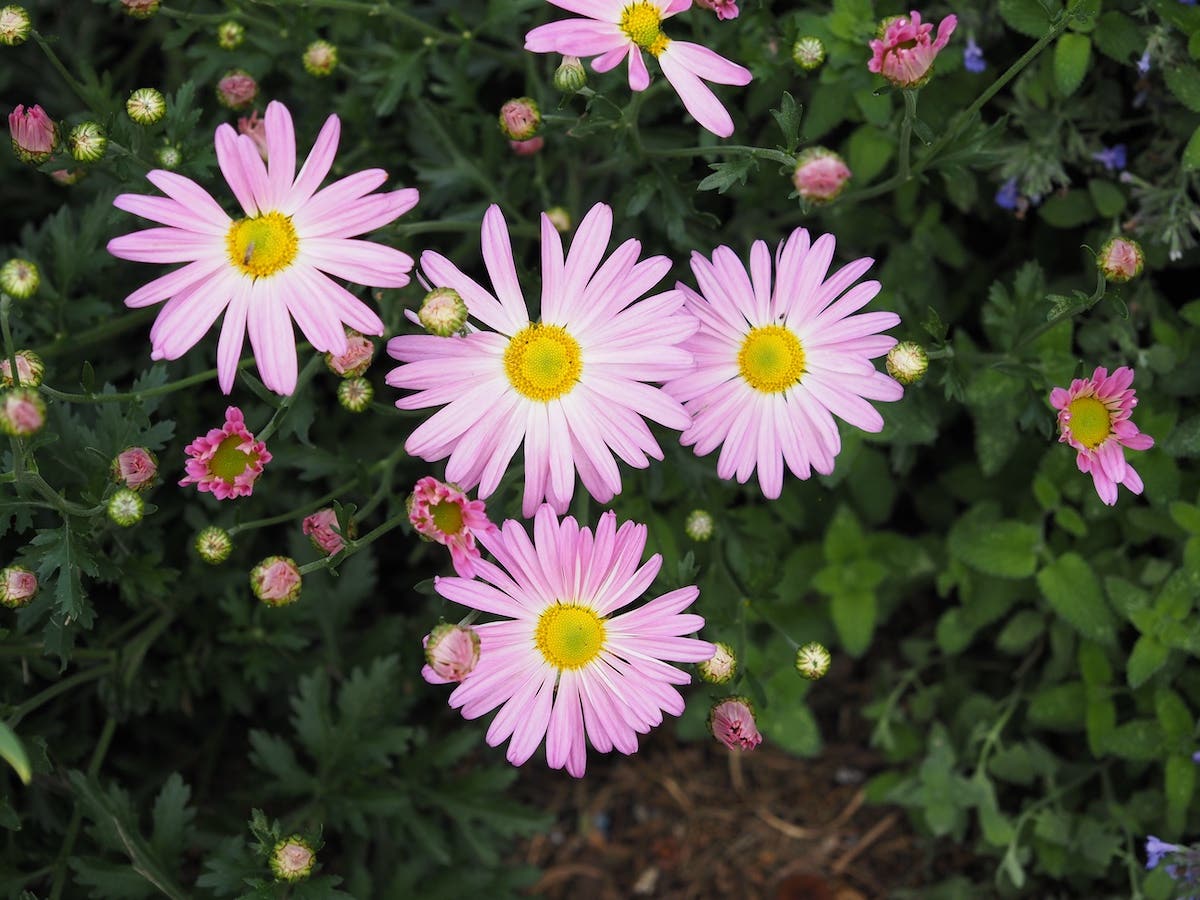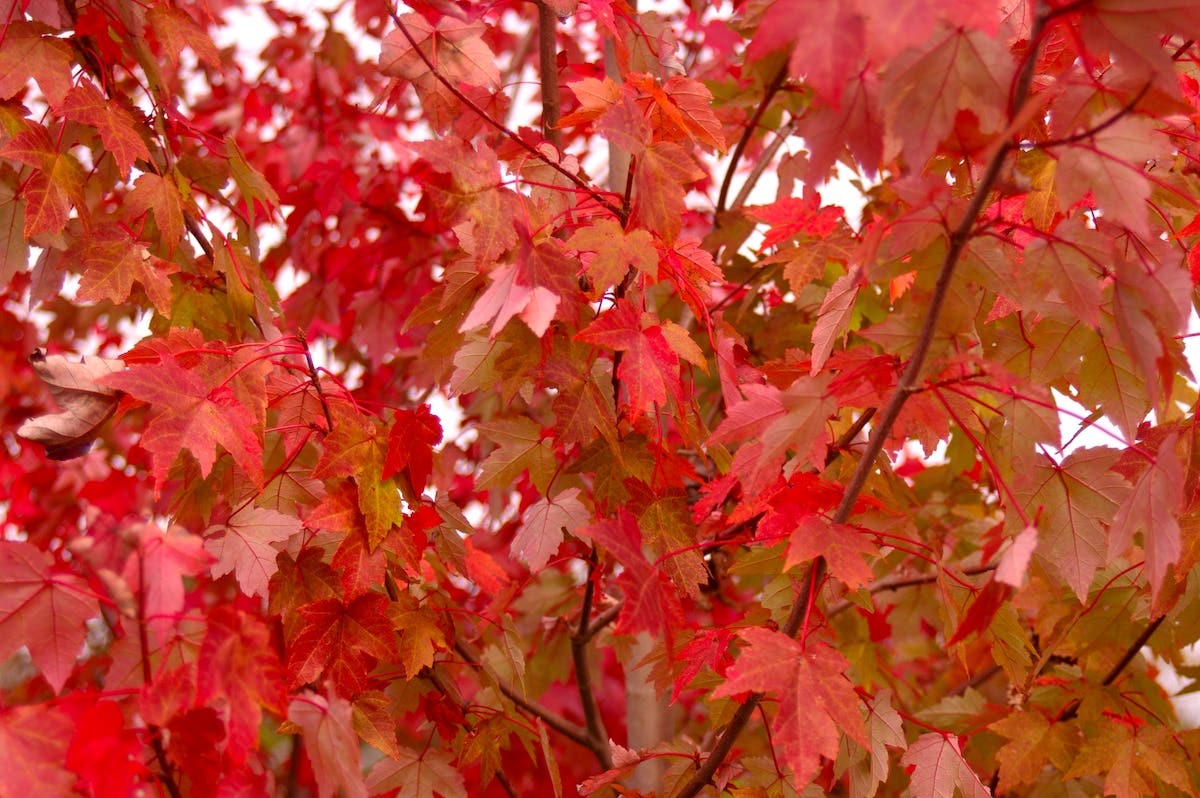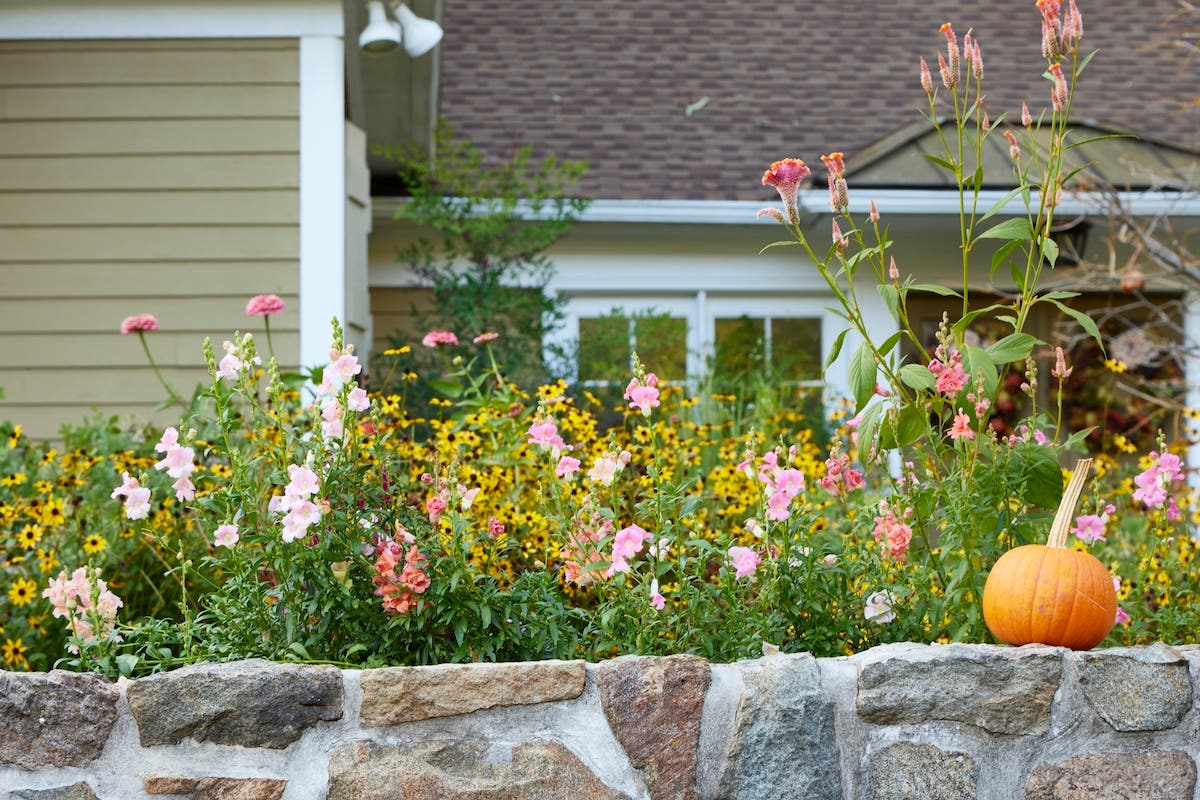Jasmine Plants: Fragrant Vines for the House and Garden
Virtues: We love winter and sambac jasmines for the cheerful splendor their blooms bring during the winter season. Winter jasmine’s delicate, vibrant yellow flowers can create a spectacular display outdoors…
Virtues: We love winter and sambac jasmines for the cheerful splendor their blooms bring during the winter season. Winter jasmine’s delicate, vibrant yellow flowers can create a spectacular display outdoors during the dull months of winter, while sambac jasmine’s stunning white flowers release bursts of alluring fragrance perfect for an enticing display inside your home.
Common name: Winter jasmine (top photo) and sambac or Arabian jasmine (bottom)
Botanical name: Winter: Jasminum nudiflorum; sambac/Arabian: Jasminum sambac
Flowers: Winter jasmine blooms in winter through early spring, revealing small yellow flowers that cascade down arching stems. The sambac species has tiny, aromatic white flowers that fade wonderfully to pink and bloom from early summer into fall; however, with proper care these sweet-smelling blossoms can appear periodically throughout the year, perfuming your home with their pleasant aroma.
Foliage: Sambac has dark green, ovate foliage with twining branches. Winter has deep green foliage with slender, arching stems.
Habit: These two species have climbing habits; both can range in height from 3 to 10 feet, depending on how they are grown, with a similar spread.
Season: The brilliant yellow flowers of the winter jasmine offer tremendous winter interest. The fragrant, white flowers of Arabian jasmine can bloom periodically all year.
Origin: Winter jasmine originated in China; sambac is native to Southeast Asia and India.
How to grow winter and sambac jasmines: Both varieties thrive in full sun to partial shade with regular watering. They are most successful in well-drained, sandy soil but can tolerate most soil conditions. They need to be pruned regularly; winter jasmine should be pruned more in spring. You can feed sambac mild fertilizer in spring, but winter jasmine doesn’t need it. Both are appropriate for growing in containers as houseplants. They will appreciate spending the summer outdoors. Winter jasmine is hardy outdoors in USDA Zones 6 through 9. Sambac jasmine is hardy in Zones 9 and 10.
Winter jasmine image
___________________________________________________________
Create the flower garden of your dreams with The Flower Gardener’s Bible.
With The Unexpected Houseplant in hand, you can create a spectacular indoor garden with over 200 wonderful choices sure to brighten up any spot in your home.
Love fragrant flowers? The Old Fashioned Fragrance Collection will bring enticing aromas to your garden. Includes seeds of Ten Week Perfume Stock, Perfume Delight Sweet Peas, Heliotrope, Nicotiana Alata and Moonflower Vine.
Learn how to grow a variety of stunning flowers with the Horticulture Flower Pack of CDs. Includes Horticulture: Roses, Perennials, Bulbs and Annuals.
Showcase your favorite plants in style with a striking oriental tabletop terrarium.


